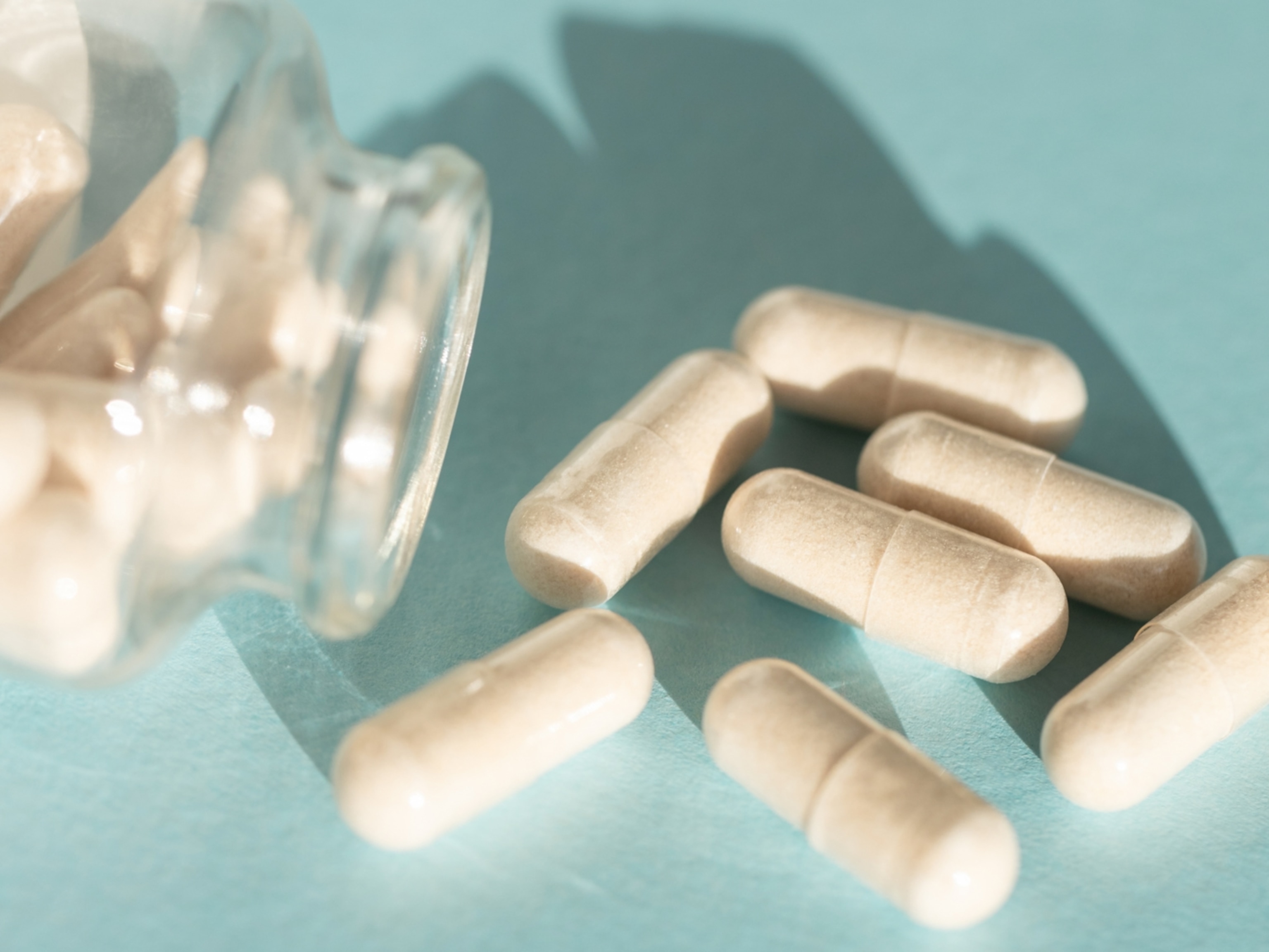Is the 5-second rule true? Science finally has an answer.
Step away from the cookie.

It’s a question that never seems to die: Is it safe to eat food you’ve dropped if you pick it up quickly enough?
The good old five-second rule. It’s been the subject of household debates and innumerable science fair projects, with some claiming it’s real and others denouncing it as bunk.
It seems like a simple question, yet science hasn’t always taken it seriously. Fortunately, modern researchers are finally unraveling the nuances behind the five-second rule.
How quickly can bacteria contaminate food?
The key to the five-second rule is understanding how quickly bacteria transfers from the surface of your floor to your food. A lot of other folks have gotten this measurement wrong, says food scientist Donald Schaffner of Rutgers University. Amateur scientific studies and televised “investigations” have confused the issue by relying on experiments that don’t pass scientific muster.
In fact, there had been only one other rigorous inquiry into the five-second rule before 2016: a peer-reviewed study by Paul Dawson, a food scientist at Clemson University, in 2007. Dawson and colleagues reported that food can pick up bacteria immediately on contact with a surface—but that study focused more on how long bacteria could survive on surfaces to contaminate food.
That’s why Schaffner and his student Robyn Miranda decided to test a greater variety of food under more diverse conditions. Experiments they reported in the journal Applied and Environmental Microbiology in 2016 showed that the five-second rule is really no rule at all. They found that the longer food sat on a bacteria-coated surface, the more bacteria glommed onto it—but plenty of bacteria was picked up as soon as the food hit the ground.
(Here's what to do if you see mold on your food.)
The bigger culprit here is not time but moisture. Wet food (watermelon in this case) picked up more bacteria than drier food, like bread or gummy candy. Carpeted surfaces transferred fewer bacteria to food than did tile or stainless steel, since it soaked up the bacterial solution the scientists applied. (But no, the scientists say, that doesn’t mean you should trade in your dishware for throw rugs.)
Since then, more studies have confirmed how easy it is to transfer bacteria in the kitchen, whether on fingers or simply by using the same cutting board for meat and veggies (even when washed between uses). And in 2021, scientists in Indonesia were inspired to debunk for themselves the five-second rule and its Indonesian counterpart, known as belum lima menit, or the five-minute rule.
But is it ever safe to eat food from the ground?
So, if science has so thoroughly debunked the five-second rule, does that mean it’s unsafe to eat food that has hit the floor? That depends on the surface and what kind of bacteria you might pick up. “If you’re in a hospital and you drop something, you probably don’t want to eat it,” Dawson says. Likewise, you certainly wouldn’t want to pick up Salmonella from a kitchen floor covered in chicken juice.
(Salmonella can be deadly. Here's how to protect yourself.)
But in most cases, eating a cookie that has picked up a little dust and floor bacteria is not likely to harm someone with a healthy immune system. “Ninety-nine percent of the time, it’s probably safe,” he says. Practicing good sanitation by keeping floors and surfaces clean is the most important lesson in all of this.
(Guinness’ Fish Bladders and 4 Other Animal Secrets in Your Food)
Still, the five-second rule will likely endure. “People really want this to be true,” Schaffner says. “Everybody does this; we all eat food off the floor.”
Perhaps the value of the five-second rule (or the three-second rule, if you’re more uptight) lies more in psychology than microbiology. If nothing else, having a rule provides a socially acceptable excuse for our unsavory behavior. Just holler "Five-second rule!" before picking a cookie off the floor and popping it into your mouth, and everyone can have a good laugh. It’s a bit like calling shotgun before elbowing your way into the front passenger seat.
And that leaves us with another way to decide whether to eat that jelly bean you dropped: Just see if anyone’s looking.





